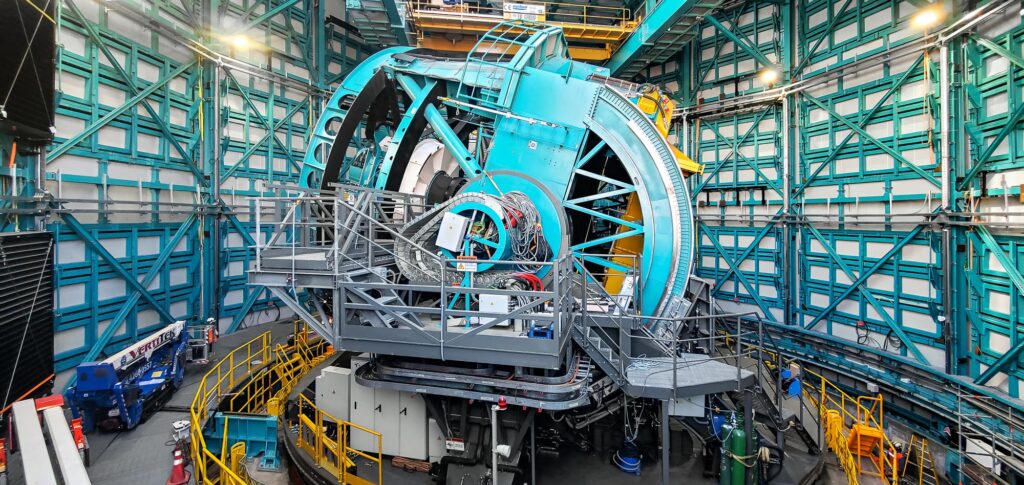
Introduction
The Vera C. Rubin Observatory, set to transform our understanding of the universe, is among the most significant astronomical projects currently underway. Named after the renowned astronomer Vera Rubin, the observatory aims to conduct a ten-year survey of the southern sky, generating vast amounts of data that will be crucial for astronomical research and discoveries. Its relevance extends beyond pure science, promising advancements in various fields including astrophysics, cosmology, and planetary defense.
Main Body
The Rubin Observatory, located in Chile’s Andes Mountains, is equipped with the state-of-the-art Legacy Survey of Space and Time (LSST), which boasts an 8.4-meter telescope and has the capacity to capture images of the entire visible sky every few nights. With an expected data output of 20 terabytes per night, it will conduct detailed surveys to detect transient astronomical events, study the distribution of dark matter, and even map the positions of millions of distant galaxies.
Recent updates indicate that the observatory is nearing completion and anticipates scientific operations to commence soon, with construction being completed in early 2024. Scientists worldwide are eager to access the LSST data; a plan is in place to make this data publicly available, allowing researchers and educators to explore the cosmos in unprecedented detail.
The importance of this project cannot be overstated. The Rubin Observatory has the potential to answer fundamental questions about our universe, such as the nature of dark energy, the behavior of dark matter, and the frequency of potentially hazardous asteroids that could threaten Earth.
Conclusion
In summary, the Rubin Observatory is poised to significantly advance our understanding of the universe and its many mysteries. With its robust technological capabilities and commitment to public data access, it will enable scientists and enthusiasts alike to embark on ground-breaking explorations in astronomy. The implications of this observatory’s research will likely resonate for decades, shaping the future of scientific inquiry and potentially impacting our everyday lives by enhancing our understanding of celestial phenomena and the nature of our universe.



